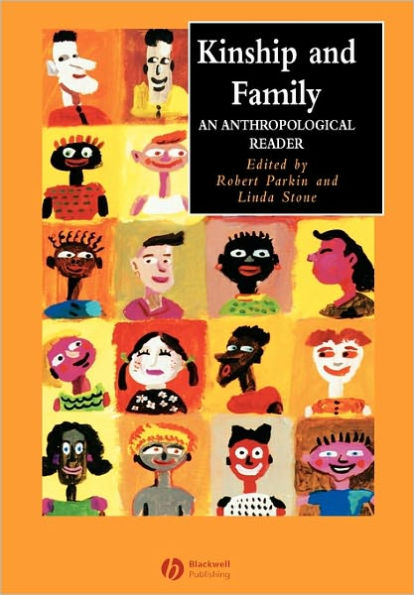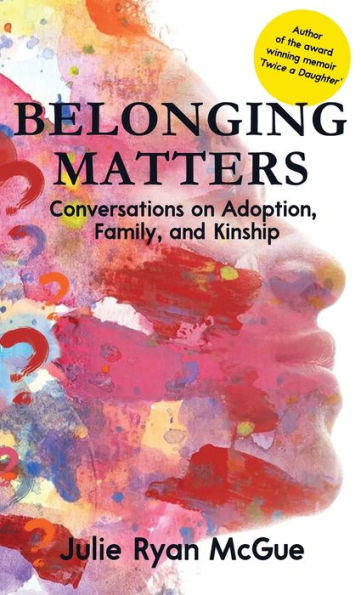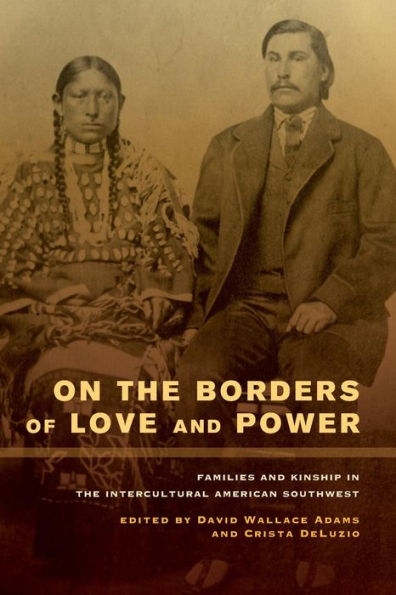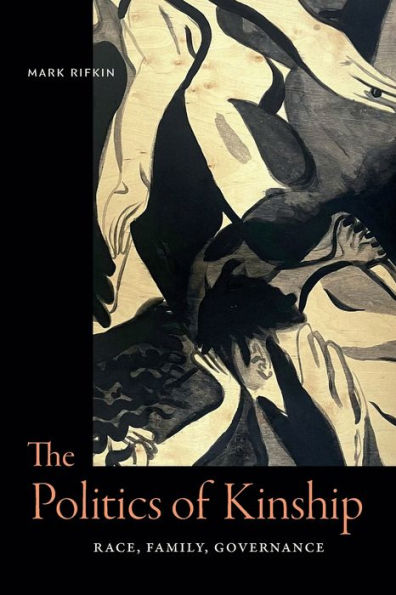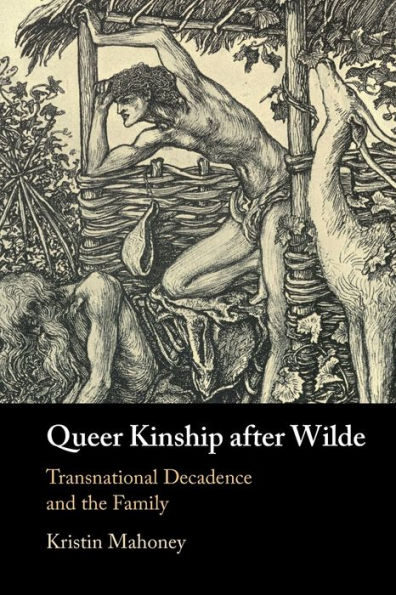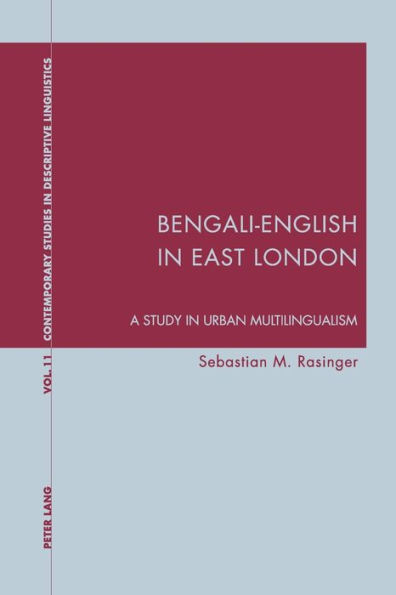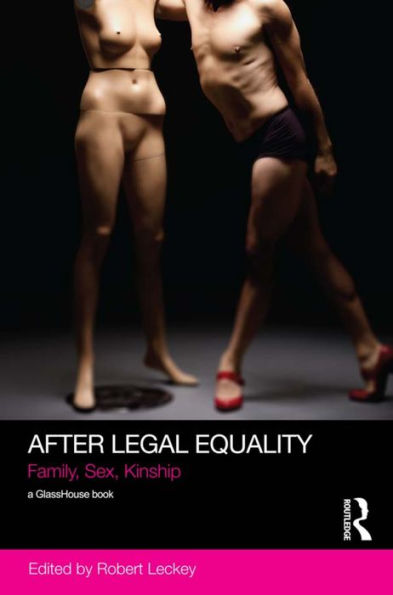Home
Family and Kinship East London
Loading Inventory...
Barnes and Noble
Family and Kinship East London
Current price: $190.00


Barnes and Noble
Family and Kinship East London
Current price: $190.00
Loading Inventory...
Size: Hardcover
*Product Information may vary - to confirm product availability, pricing, and additional information please contact Barnes and Noble
First published in 1957 ,and reprinted with a new introduction in 1986, Michael Young and Peter Willmott’s book on family and kinship in Bethnal Green in the 1950s is a classic in urban studies.
A standard text in planning, housing, family studies and sociology, it predicted the failure in social terms of the great rehousing campaign which was getting under way in the 1950s. The tall flats built to replace the old ‘slum’ houses were unpopular. Social networks were broken up. The book had an immediate impact when it appeared – extracts were published in the newspapers, the sales were a record for a report of a sociological study, Government ministers quoted it. But the approach it advocated was not accepted until the late 1960s, and by then it was too late.
This
Routledge Revivals
reissue includes the authors' introduction from the 1986 reissue, reviewing the impact of the book and its ideas thirty years on. They argue that if the lessons implicit in the book had been learned in the 1950s, London and other British cities might not have suffered the 'anomie' and violence manifested in the urban riots of the 1980s.
A standard text in planning, housing, family studies and sociology, it predicted the failure in social terms of the great rehousing campaign which was getting under way in the 1950s. The tall flats built to replace the old ‘slum’ houses were unpopular. Social networks were broken up. The book had an immediate impact when it appeared – extracts were published in the newspapers, the sales were a record for a report of a sociological study, Government ministers quoted it. But the approach it advocated was not accepted until the late 1960s, and by then it was too late.
This
Routledge Revivals
reissue includes the authors' introduction from the 1986 reissue, reviewing the impact of the book and its ideas thirty years on. They argue that if the lessons implicit in the book had been learned in the 1950s, London and other British cities might not have suffered the 'anomie' and violence manifested in the urban riots of the 1980s.

